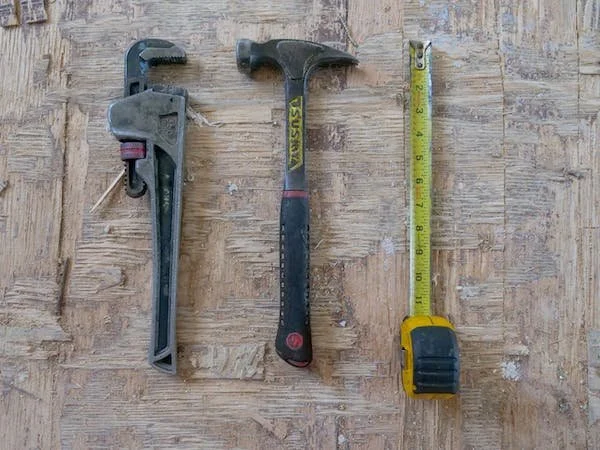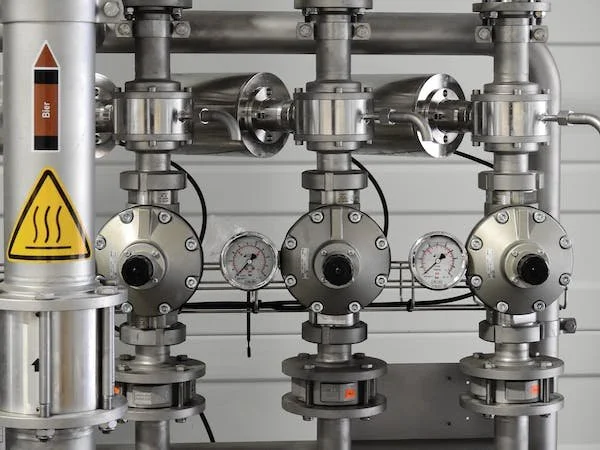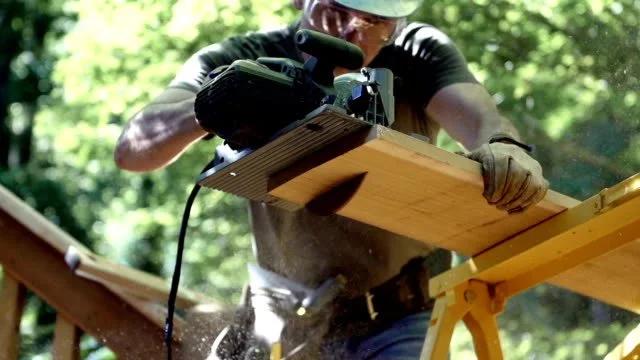Outdoor Comfort: 5 Family Hammock Experiences To Share
RH Business Marketing Solutions
If you’re planning an outdoor adventure with your family, you’ll need many gears to ensure your survival and comfort. The go-to options for most campers are tents and couches, but an alternative not usually explored is Hammocks.
The usage of hammocks is becoming popular by the day. Although it has existed since ancient civilization, only recently have they begun to be widely used across the globe. Traditional hammocks originated in the Central American region of Maya over 1000 years ago.
Since then, hammocks have become a household name among outdoor enthusiasts and adventurers. They make the outdoor relaxation experience a pleasant thing.
Hammocks come in various types, sizes, designs, and materials. The best hammocks can contain from one person to up to three people, depending on the capacity of the hammock. This article will explore five family hammocks that give you a pleasant experience.
What are Family Hammocks?
Family hammocks are extra large, high-quality hammocks designed to contain two or more persons. They are big enough to contain a whole family. They are often referred to as double hammocks.
Because they are built to carry heavyweights, they are made of strong and durable materials. Constructed and designed with soft organic cotton material for maximum comfort, a family sized hammocks is perfect for outdoor and indoor relaxation.
Types of Family Hammocks
Hammocks come in different types, designs, and features; the following are some of the most common types of family hammocks you can purchase to give you a comfortable outdoor experience with your family:
1. Caribbean Mayan Hammocks
Caribbean Mayan hammocks are some of the earliest hammocks. Initially, they were woven from the bark of a hammock tree. Their development went through a series of stages, but currently have been transformed into modern relaxation equipment.
Caribbean Mayan hammocks are made of softer cotton, nylon, and polyester materials to provide much-needed comfort.
The XXL hammocks are luxuriously designed to hold two or more persons conveniently. Families can utilize them for their outdoor pleasure. With enough room to play around, the Caribbean Mayan hammocks delight any family.
2. Mayan Hammocks
The Mayan hammocks are another beautiful hammock product. The traditional Mayan crafts are woven from ropes to design various sizes and shapes of hammocks.
Produced by the Mayan Indians, Mayan hammocks are reputed to be the most comfortable in the world. They’re available in different shapes, colors, and designs. Mayan hammocks are indeed beautiful.
Like other hammocks, the Mayan hammocks have undergone various transformations, from the traditional concept to wonderfully crafted new designs and shapes.
Mayan hammocks are light, portable, and can carry a family. The matrimonial, double, or single hammocks are available for your comfort. Whatever your need may be, Mayan hammocks will serve your purpose.
3. ENO DoubleNest Camping Hammocks
The Eagle Nest Outfitters (ENO) is a household name in camping hammocks. It is spacious, designed to contain up to two people, and very soft and comfortable to ensure you remain comfortable throughout your camping adventures.
It weighs about 400 pounds, and its dimensions stretch about 114 x 76 inches when unfolded and 6 x 5 x 5 inches when folded. The hammock body extends over 9 feet, creating extra room for you to stretch out, lie flat, and relax.
The ENO DoubleNest is also integrated with a stuff sack that compresses the hammock to a travel-ready size, allowing it to take your vehicle's most minimal packing space. You can also purchase various accessories to complement the hammock and improve your camping experience.
4. Yellow Leaf Handwoven Hammock
If you’re searching for a hammock that provides the most comfort, you should try the Yellow Leaf Handwoven hammock. This hammock was designed with primarily one thing in mind, i.e., comfort. It is ridiculously comfy, consisting of over 150,000 interwoven loops of incredibly soft yarn, offering maximum comfiness once you get on the hammock.
The Yello Leaf is handwoven with very soft yarn but spares no expense in its durability and strength. It is designed with a strong, triple-reinforced weave technique that ensures the hammock can seat up to two people with a maximum weight capacity of 400 pounds. If comfort is your priority, the Yellow Leaf handwoven hammock perfectly fits you.
5. Y- STOP Hammock Chair
The Y-STOP Hammock Chair is one of the most popular relaxation hammock chairs on the market. The chair is made extra comfortable due to its soft polyester/cotton interiors, allowing users to enjoy a soft sponge-like base for resting adults and kids alike.
The chair weighs about 3.69 pounds and has a maximum weight capacity of about 500 pounds, boasting a seating capacity of up to 2 people. It is easy to install and portable, allowing you to move it anywhere.
The Y-STOP also has a unique side pocket capable of holding mobile phones, iPads, books, and drinks. If you’re searching for a portable hammock chair to maximize outdoor comfort, consider checking out the Y-STOP hammock chair.
Conclusion
Spending quality time with your family is extremely pleasant and rewarding; what better way to build a strong bond than sharing a hammock in the great outdoors with your family? If you’re considering going on an outdoor adventure with your family, consider purchasing any of these hammocks; they'll no doubt provide you with much-needed comfort for you and your family.















